Kentucky is a beautiful state with many natural wonders to explore. It is a state in the United States that offers many opportunities for adventure. One of those adventures is visiting one of its National Parks.
These parks offer an array of different environments, and each has its own unique features to explore and enjoy! If you’re looking for an adventure or want to experience nature at its finest, these are the best places to visit.
In this article we will be taking a closer look at 7 National Parks in Kentucky, so you can see which ones are perfect for your next visit!
1. Mammoth Cave National Park
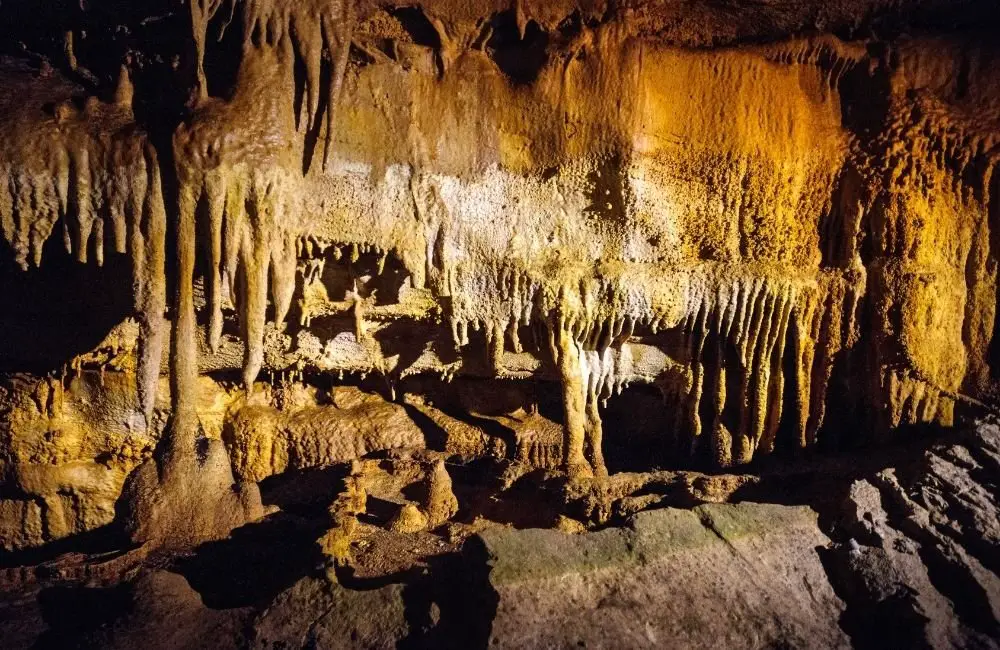
Mammoth-Flint Ridge Cave System is the longest known cave system in the world, and it’s a great trip for every adventurer. The tour can last anywhere from one to six hours depending on your exploration preference.
If you’re looking for a good time, then visiting the Mammoth Cave is perfect. This place has tours ranging from easy to difficult and may last anywhere from one hour to six hours.
Visitors to the caves can walk on a trail that is lit or not lit. Some trails have lights and others are dark. Visitors will need to bring a lantern with them if they are walking in the dark part of the cave.
Pets: Dogs are allowed to be leashed while exploring Mammoth Cave National Park. There is a kennel for your furry friends if you need it, but pets must stay on the leash at all times and will only be able to explore surface trails in the park.
Camping: This campground offers a variety of options for camping. There are sites that offer modern amenities and others that are more remote. It is best to call and talk to the reservation office about which site will be best for you based on your location needs.
Tour: Take a tour of the limestone cave that is rich in history, geology, and hydrology. Visitors go on a boat ride. There are many different things to see. You can see interesting features like stalagmites in the ceiling and columns left by an ancient civilization.
Entrance Fee: Admission to Mammoth Cave National Park is free, but if you want a guided tour of the cave system there are many options. Tours range in price from $6 for children under 12 and seniors over 62 years old through tours costing up to $60 per person.
2. Abraham Lincoln Birthplace National Historic Park

Abraham Lincoln Birthplace National Historical Park is a place in LaRue County, Kentucky where Abraham Lincoln lived when he was younger. He became president and helped to make America great.
Abraham Lincoln was born in a house. A group of people donated the house to make it into a park. That happened over 100 years ago. The National Park Service now owns the park and takes care of it.
Pets: Pets are allowed on trails but they need to be leashed and not over six (6) feet long. They also need to clean up their trash from parking lots, picnic areas, and trails. If they don’t, then visitors might not be able to visit safely.
Camping: You can’t camp or stay overnight in the park, but you’re welcome to picnic and enjoy a relaxing lunchtime amongst our trees. For those who like their sleepovers more formalized, there are nearby hotels to choose from!
Tour: You can walk a trail that is three miles long to get a view of the valley. You can ask for trail maps at Ranger Station or Visitor Center. Walk along Knob Creek, through wooded areas, or across fields where a young Abraham Lincoln played and learned toiling in his youth. Picnic using one of eight picnic tables situated on concrete pads.
Entrance Fee: In Lincoln’s country, you do not need to pay an entrance fee. You can go to the places he was born and raised for free. Your trip is free!
3. Big South Fork National River and Recreation Area
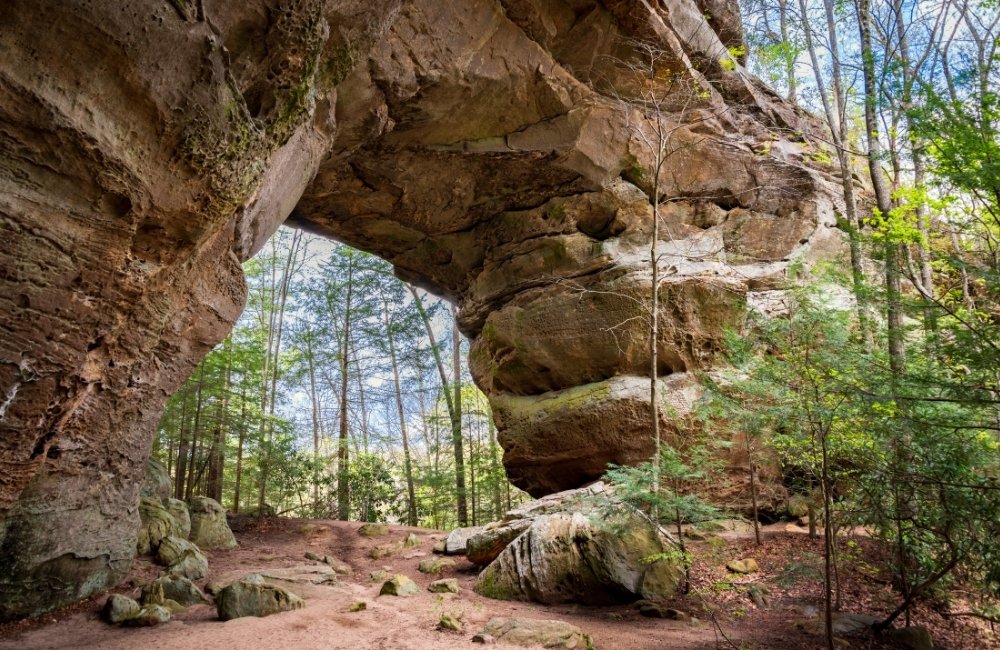
The Big South Fork National River and Recreation Area are one of the most scenic areas in Tennessee.
There are many things to do in the area. Some people like hiking, finding animals, looking at old mines, and canoeing down tributaries that were once creeks.
The region is home to a unique sandstone bridge. It’s one of the many natural wonders in this area, and it was created when water flowed through more than 100 million years ago! The park has preserved an old coal-mining town called Blue Heron.
Pets: Dogs are allowed at Big South Fork providing they remain on a leash. Pets can go to the park, but you must always have them on a leash with no more than 6 feet of length. This is because they might get too close to animals or other people riding horses.
Camping: There are lots of campgrounds with different amenities. There are five front-country campsites in the park with amenities that vary from hot water showers to food storage lockers.
Tours: Big South Fork has many mountains for biking. Big South Fork Mountain Bike Club builds and fixes the trails. There are trails that go across different kinds of terrain. You might see wild animals while you bike there!
Entrance fee: Big South Fork does not charge an entrance fee. We do charge a use fee though. The park’s superintendent supports days when you can camp and use the pool without paying. But you don’t need a permit to do it.
4. Cumberland Gap National Historical Park
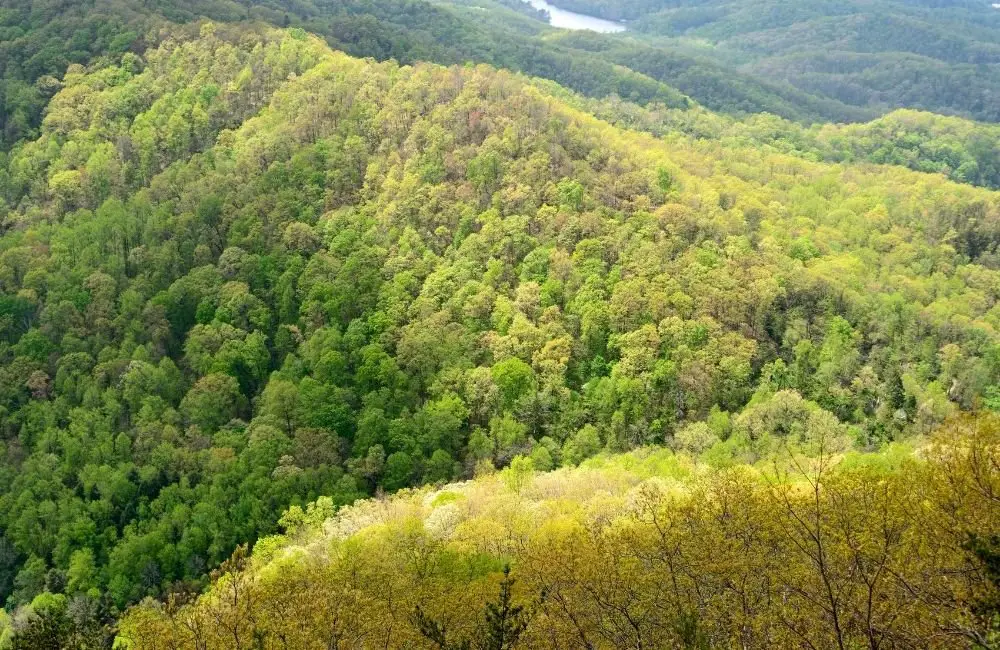
Cumberland Gap National Park is a hidden treasure that has so much to offer! It offers the perfect blend of rich history, natural beauty, and impressive vistas.
The Cumberland Gap National Historical Park is a place of scenic wonder. You can see a wonderful view from Pinnacle Overlook. You can also hike up to see bats and stalagmites in the caves.
a place in America from the early 20th century. It’s important for people to know about it when they are learning about American history.
Pets: Cumberland Gap is a beautiful place for your dog to run free and chase its own tail. It’s great if you love your pet!
Camping: Many of the sites are big enough for a camper or RV. Some spots are pull-through so you do not need to back your car into them. There is room for eight people, four tents, and two cars maximum per site.
Tours: Join park rangers on an adventure that will take two hours and explore this beautiful underground cathedral. You will meet some new friends and learn about the five levels of natural wonders with plenty to see along the way.
Entrance Fee: There is no entrance fee to Cumberland Gap. But reservations are recommended if you want to go soon.
5. Fort Donelson National Battlefield

Fort Donelson National Battlefield is a place where the Union Army captured three Confederate forts in the Civil War. They did this to open two rivers that would be controlled by the Union Navy.
It is a place to have fun with your family. Sometimes you can go on adventures with them, and sometimes you can take some time alone (but you’ll always be able to find them when it’s time for lunch!).
Pets: Pets are allowed in Fort Donelson, but they must be on a leash (6 feet long) at all times to protect the pets and the wildlife.
Camping: Camping is not allowed, but you can camp at Piney Campground. It’s 15 minutes away from Fort Donelson National Battlefield. The campsite is great for families with children or adults who want to do something fun and different.
Tours: The Park Tour is a self-guided tour that can be reached by car and walking. You will find Wayside exhibits at each stop with more information on the brochure or NPS app. The routes offer parking spaces in case you want to get out of your car and experience America’s first national historic landmark for yourself!
Entrance Fee: Fort Donelson National Battlefield has no entrance fee.
6. Trail Of Tears National Historic Trail
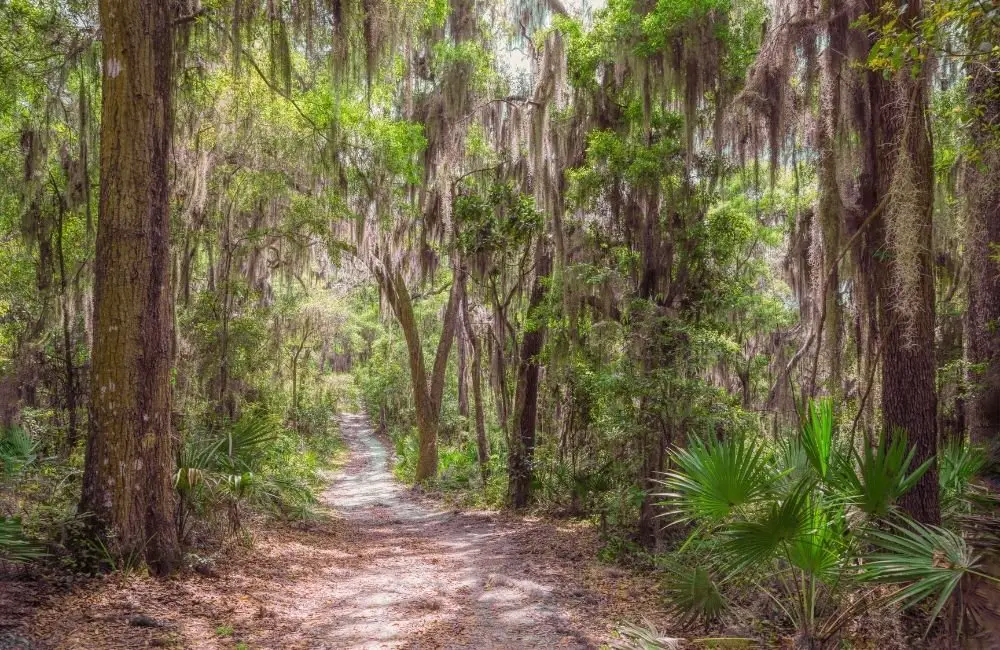
The Trail of Tears was a series of forced displacements of Native Americans by the United States Government. Families were torn apart when they were moved. Some people went to a new land, and some people died. Their children were taken away and given to white families.
The Trail of Tears is a solemn route in the country. Many Native Americans were forced to leave their land in Georgia and were walking with little hope for survival. They took two years to get there. They had to do terrible things on the journey, but they still carried themselves with pride when they arrived. This was a reminder of what happened before and how strong these tribes are today, even though it is hard for them.
Pets: Pets are not allowed in historic homes, visitor centers, and ranger-led programs.
Camping: Trail of Tears State Park has camping spots for you to choose from. You can have a campsite with no amenities or one with amenities like water. You can reserve your Missouri State Parks campsite up to 12 months in advance.
Tours: Parks are a good place to learn about the history of an area. You can go on walks around different parks and see the markers that tell you about what was there before.
Entrance Fee: The Trail of Tears is a free national historic site to explore. Some sites you visit may have a fee which you must pay.
7. Mill Springs Battlefield National Monument
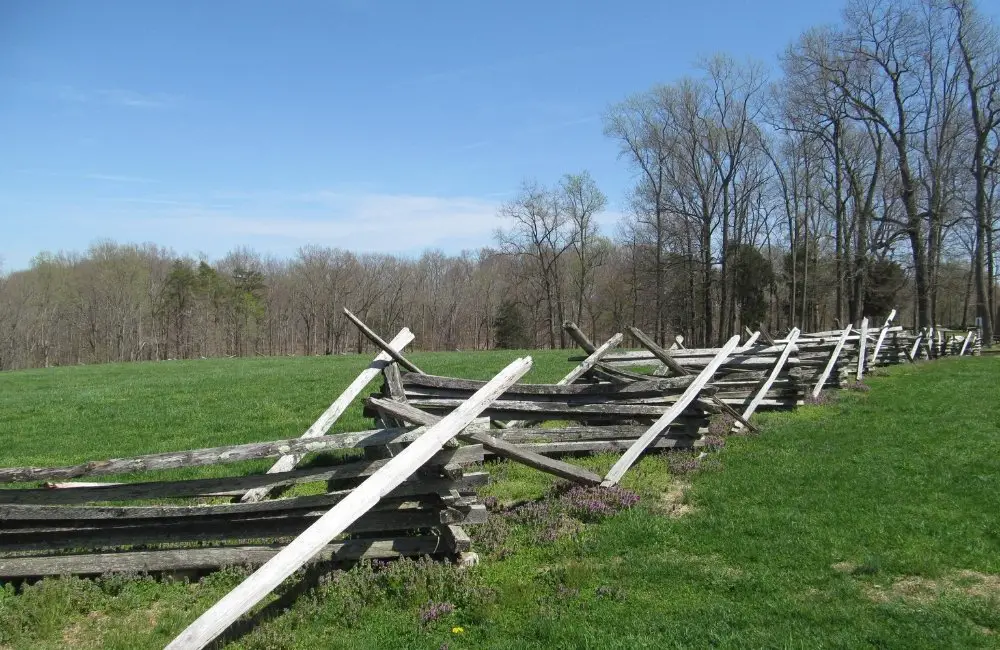
Mill Springs Battlefield is the site of one of the most important victories in American history. The Union Army’s first major victory during their Civil War against Confederate rebels happened here and this monument protects that special piece of our nation’s past.
It was an area of battles in 1862. The battle left 600 soldiers injured or dead, and many horses. People can study the military tactics that were used by studying this monument. They can see how they have changed over 200 years because back then, people did not use guns.
Pets: Keep your dog on a leash and away from insects, snakes, or other wildlife. Protect yourself against bees when you are outside by wearing long pants. There might be ticks in bushes waiting for a chance to come inside your skin.
Camping: Camping is not allowed in Mill Springs Battlefield National Monument.
Tours: The Mill Springs Battlefield Association has a tour for you to take with 10 stops. Each stop is marked with a sign and there are signs that tell you what they are. The tours start at the visitor center. You will need to cross the Cumberland River to get back for each new stop.
Entrance Fee: The National Park Service is providing free admission to Mill Springs Battlefield!
There are many places you can go to see outdoors and enjoy nature in Kentucky. We hope that you visit a national park. There is always something to do at the parks. Next time you travel to Kentucky, we recommend that you visit some of these beautiful parks!